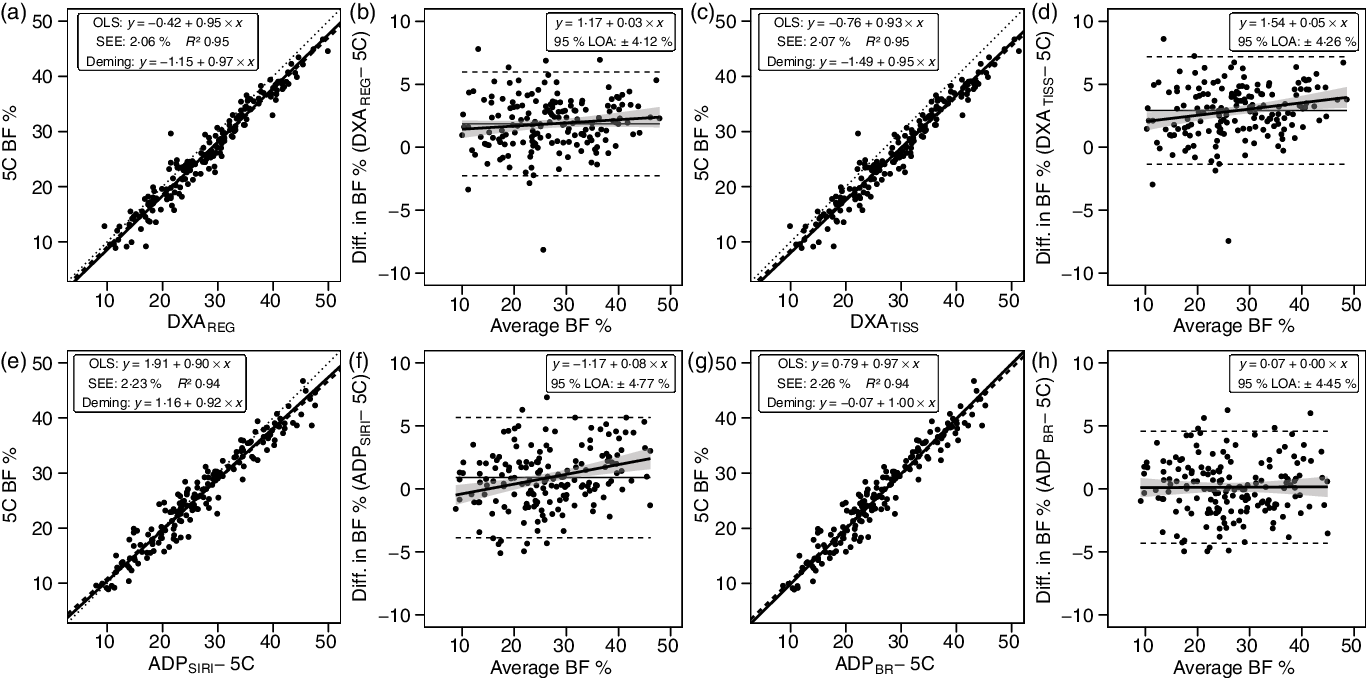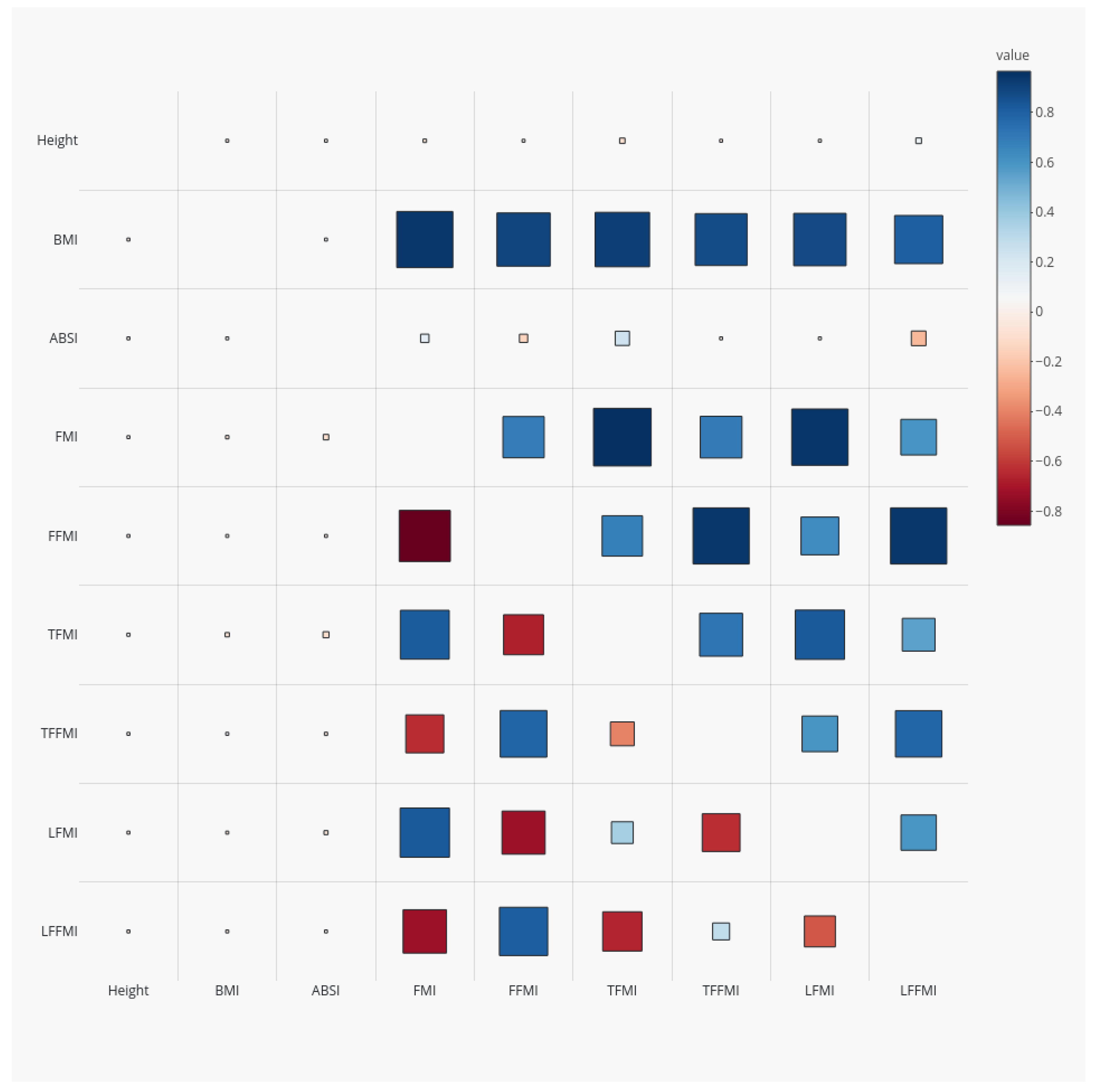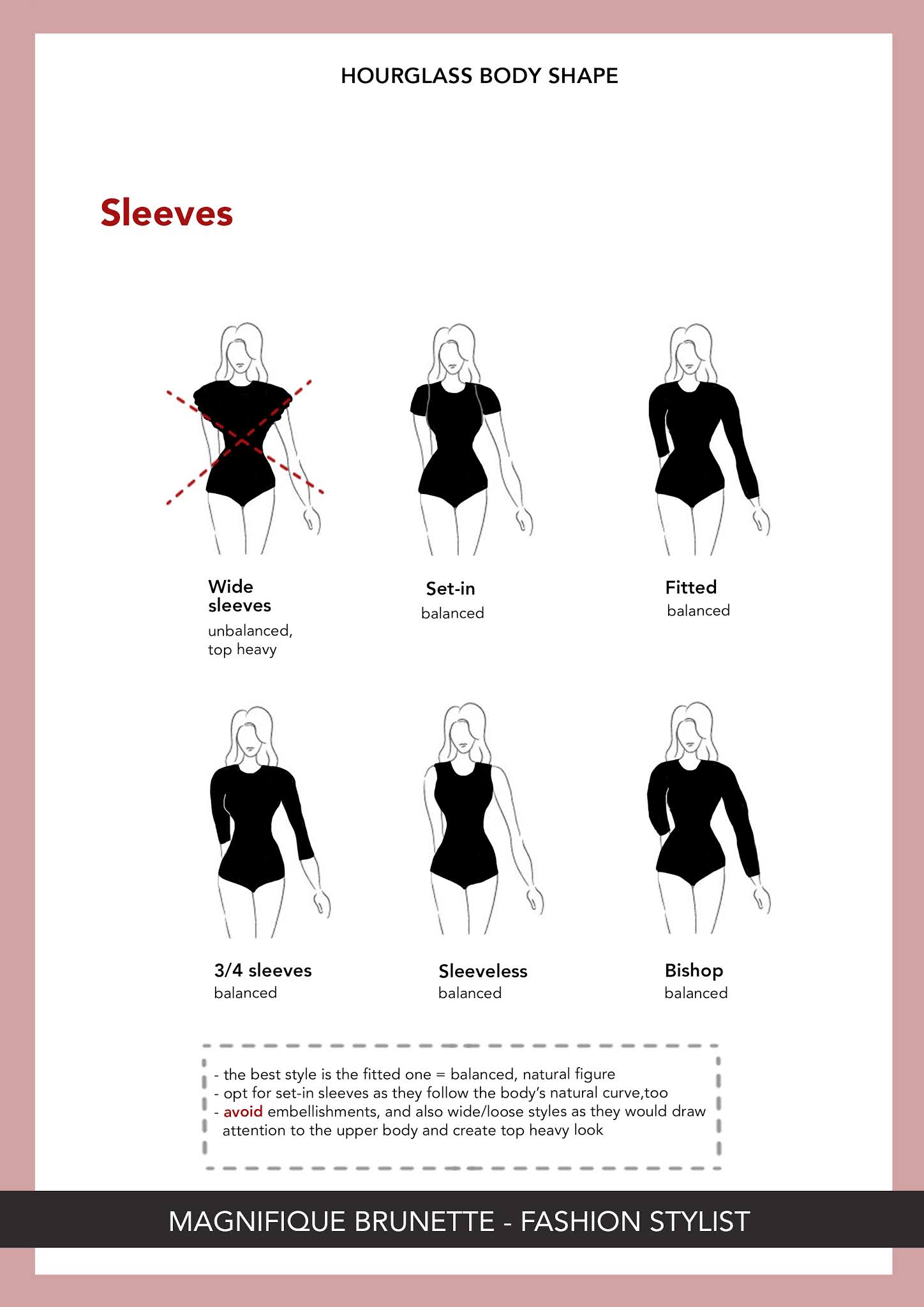PDF] Modeling the shape and composition of the human body using dual energy X-ray absorptiometry images
4.9 (689) · $ 32.50 · In stock
![PDF] Modeling the shape and composition of the human body using dual energy X-ray absorptiometry images](https://d3i71xaburhd42.cloudfront.net/e3b34df5632d4ea030deba7e84ec61761de7fe4d/7-Figure3-1.png)
These parameters are novel body composition features that uniquely identify body phenotypes of different groups and predict mortality risk as a function of body shape parameters. There is growing evidence that body shape and regional body composition are strong indicators of metabolic health. The purpose of this study was to develop statistical models that accurately describe holistic body shape, thickness, and leanness. We hypothesized that there are unique body shape features that are predictive of mortality beyond standard clinical measures. We developed algorithms to process whole-body dual-energy X-ray absorptiometry (DXA) scans into body thickness and leanness images. We performed statistical appearance modeling (SAM) and principal component analysis (PCA) to efficiently encode the variance of body shape, leanness, and thickness across sample of 400 older Americans from the Health ABC study. The sample included 200 cases and 200 controls based on 6-year mortality status, matched on sex, race and BMI. The final model contained 52 points outlining the torso, upper arms, thighs, and bony landmarks. Correlation analyses were performed on the PCA parameters to identify body shape features that vary across groups and with metabolic risk. Stepwise logistic regression was performed to identify sex and race, and predict mortality risk as a function of body shape parameters. These parameters are novel body composition features that uniquely identify body phenotypes of different groups and predict mortality risk. Three parameters from a SAM of body leanness and thickness accurately identified sex (training AUC = 0.99) and six accurately identified race (training AUC = 0.91) in the sample dataset. Three parameters from a SAM of only body thickness predicted mortality (training AUC = 0.66, validation AUC = 0.62). Further study is warranted to identify specific shape/composition features that predict other health outcomes.

Five-component model validation of reference, laboratory and field methods of body composition assessment, British Journal of Nutrition

PDF) Modeling the shape and composition of the human body using
![PDF] 3 D Shape-based Body Composition Prediction Model Using Machine Learning](https://d3i71xaburhd42.cloudfront.net/7ce86970ec75cfd8a55880be534ce21f295db6f2/4-Figure4-1.png)
PDF] 3 D Shape-based Body Composition Prediction Model Using Machine Learning

Monitoring body composition change for intervention studies with advancing 3D optical imaging technology in comparison to dual-energy X-ray absorptiometry - The American Journal of Clinical Nutrition

Accuracy of dual-energy x-ray absorptiometry for assessing longitudinal change in visceral adipose tissue in patients with coronary artery disease

Dual-energy X-ray absorptiometry - Wikipedia

IJERPH, Free Full-Text
![PDF] Dual-energy X-ray absorptiometry-based body volume measurement for 4-compartment body composition.](https://d3i71xaburhd42.cloudfront.net/7a7bec46fe01d36749c5837200809f6013d43d1f/5-Figure2-1.png)
PDF] Dual-energy X-ray absorptiometry-based body volume measurement for 4-compartment body composition.
![PDF] Modeling the shape and composition of the human body using dual energy X-ray absorptiometry images](https://d3i71xaburhd42.cloudfront.net/e3b34df5632d4ea030deba7e84ec61761de7fe4d/6-Table1-1.png)
PDF] Modeling the shape and composition of the human body using dual energy X-ray absorptiometry images






